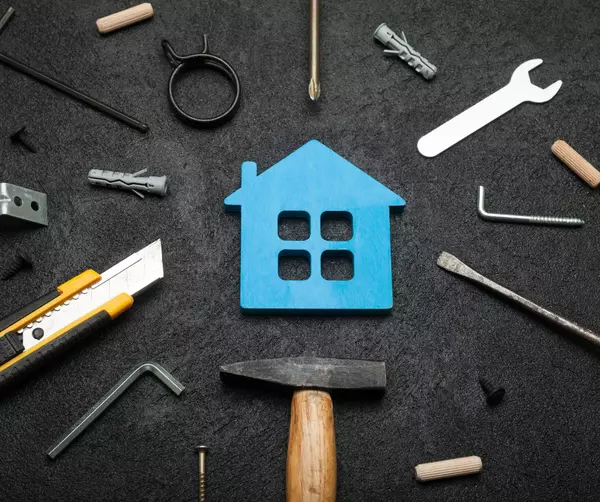
Do Deer Eat Mums? 6 Tips for Protecting Your Fall Flowers from Damage
As you're setting out fall flowers on your front porch, you may be wondering: Do deer eat mums? And for that matter, what about the pansies, ornamental kale, and other colorful annuals that are popular for autumn displays? If you've been dealing with deer through the growing season, you've probab

What to Look for in a Multigenerational Home
More and more people are living in multigenerational homes. Here are some features to look for in a home for everyone, according to experts. More and more, Americans are finding themselves living in multigenerational households. Some do it for financial reasons, while others are looking to ca

Down Payments Fall From Historical Peak: See How Much You Need To Put Down To Buy a House Today
The amount of money a homebuyer puts down to purchase a home hit a historic high at the end of 2023, but that sum is finally falling. A new report from Realtor.com® shows that the median down payment homebuyers laid on the closing table in the first three months of 2024 was an average of 13.6%—whic

How to Do a No-Demo Reno (and Boost Your Curb Appeal at the Same Time), According to Bobby Berk
Good news: A major update to your space doesn’t have to come with a major price tag, thanks to these curb appeal–boosting tips from design pro Bobby Berk. We all love a good gut renovation—there’s a reason total-home renovation shows are eternally popular—but in real life, with real budgets, a full
Recent Posts





